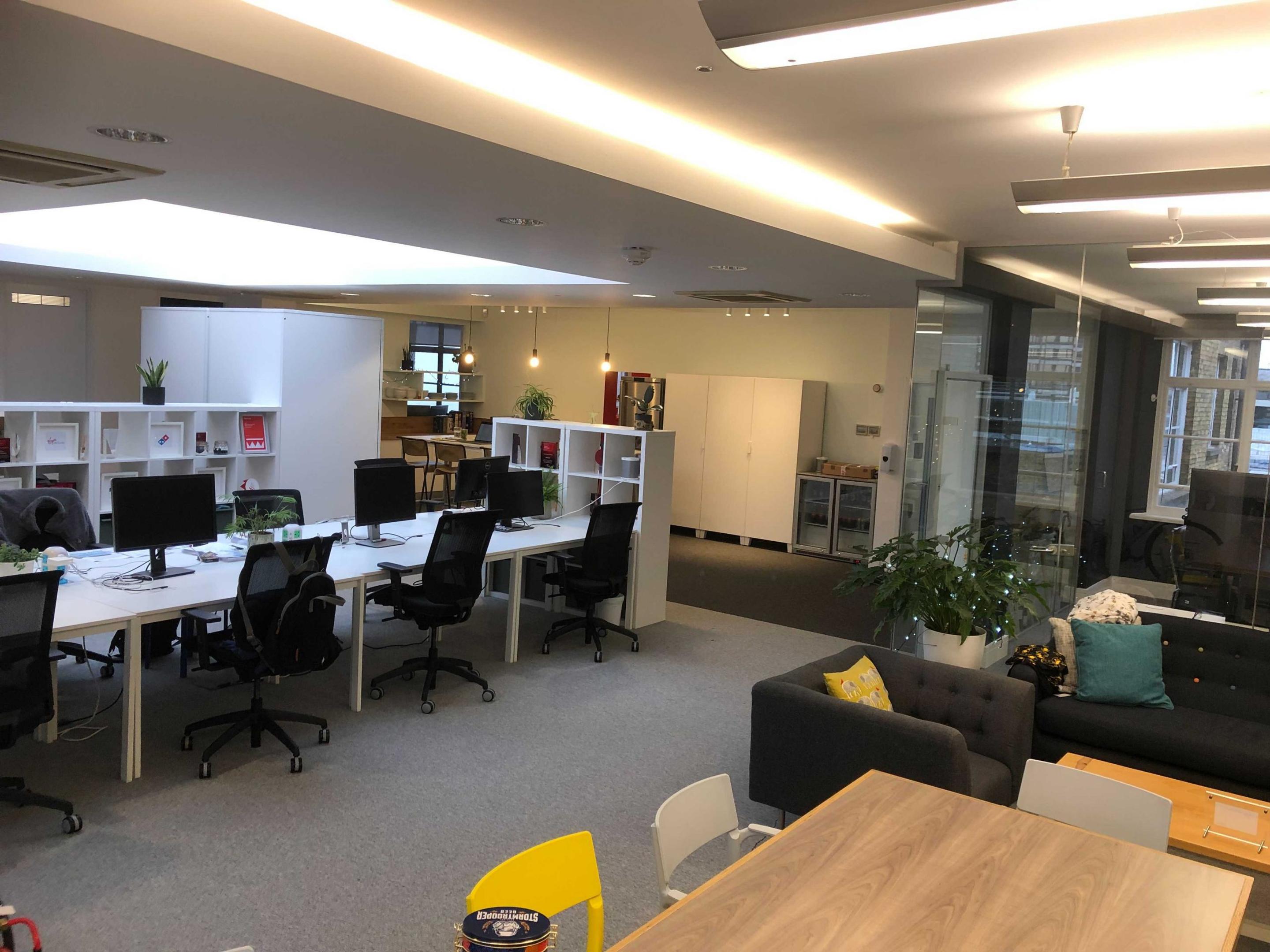10 Key Trends in User Experience for 2026
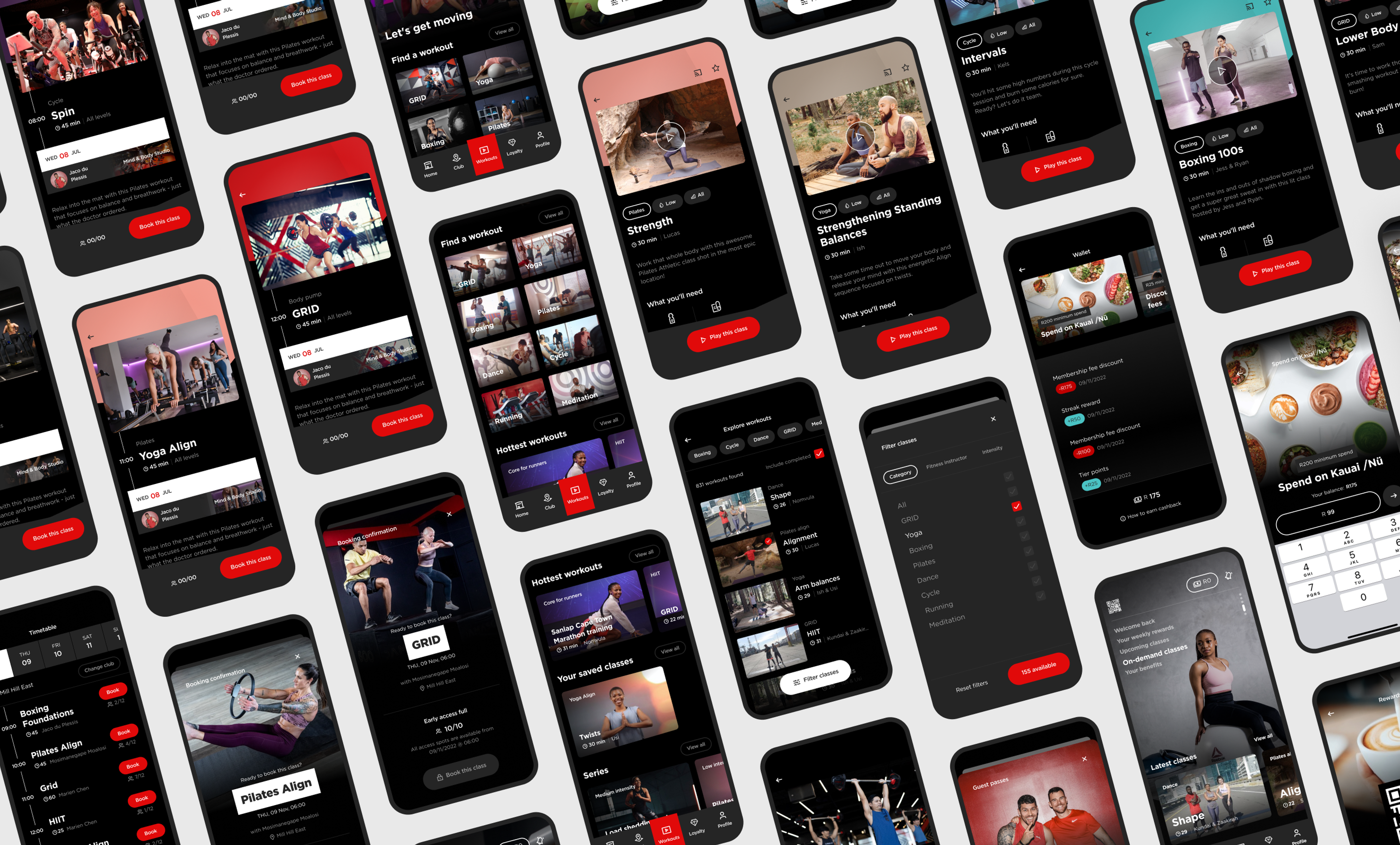
Welcome to our annual look at the future of User Experience. But let’s be honest, in an industry that moves this fast, a year feels like a decade. Staying ahead isn’t just an advantage; it’s the only way to survive.
At Future Platforms, we're looking past the noise to 2026 to call out the trends that will either make or break your digital products.
Before we dive in, let’s get back to basics with a definition of User Experience (UX) from the Nielsen Norman Group:
"User experience encompasses all aspects of the end-user's interaction with the company, its services, and its products."
It’s not just the pretty interface. It’s everything. The whole journey. So with that in mind, let’s explore the 10 forces that will define those journeys and separate the memorable from the mediocre.
1. The End of Clicks: Your AI Butler Has Arrived
Get ready, because the "do-it-yourself" era of digital is over.
For years, we’ve made users do the heavy lifting - the clicking, the typing, the swiping. The rise of Agentic AI is finally flipping the script to a "do-it-for-me" economy.
These aren't just chatbots. They are smart, proactive agents that don’t wait for commands; they anticipate goals.
Think of an AI that doesn’t just book your flight, but has already arranged the taxi, checked you in, and ordered your coffee for landing. This is the new baseline. And with tools like ChatGPT becoming as common as calculators, pretending this isn't coming is commercial malpractice.
Key Technology: Agentic AI
So how do you adapt? You stop thinking about building tools and start thinking about delivering outcomes.
This potentially means a pivot: invest in real AI talent and the data infrastructure to understand intent, not just clicks. Your value proposition is no longer a set of features; it's a fully automated service. You have to become a proactive partner in your user's life, not a passive tool on their home screen.
2. Spatial Computing and the Blurring of Digital and Physical
This one’s been a long time coming, hasn't it?
While everyone was perfecting their mobile apps, big tech was busy making the screen irrelevant. Spatial Computing is the next evolution of information itself, where digital content is layered directly onto the physical world.
We're talking surgeons seeing organs in 3D mid-operation, architects walking through buildings that don't exist yet, and yes, your social feed appearing in the corner of your eye as you walk down the street. Apple’s VisionOS has already laid the groundwork, showing it's not science fiction.
Key Technology: Augmented Reality (AR)
For businesses in retail, real estate, or training, this is a code-red moment. You need to start experimenting now.
That means building a library of 3D assets and finding developers who live on spatial platforms. Think virtual "try-before-you-buy" setups, immersive training that actually works, and AR product manuals that don't suck.
3. Designing for Neurodiversity: The End of the "Average User" Myth
For far too long, we've designed for a mythical "average user." The result? We've systematically excluded a huge portion of the population.
Designing for Neurodiversity isn't just a trend; it's a reckoning. It means building experiences that work for people with autism, ADHD, dyslexia, and the full spectrum of human cognition.
And let's be clear: this isn't about ticking a box for EU law. It's about building better, more human products.
Key Technology: Accessibility best practices
Adapting means tearing down old processes. Accessibility can no longer be a last-minute check; it must be a core principle from day one.
You need to train your teams, diversify your user testing panels, and have leadership that actually champions this. The reward isn't just a bigger market - it's a superior product for every single user.
4. Sustainable UX: Designing for a Better Planet
That beautiful, seamless digital experience you've built? It has a physical footprint, and it's probably dirtier than you think.
Data centres are burning through energy, and our obsession with the new creates mountains of e-waste. Sustainable UX is the movement to design digital products that are not only user-friendly but also planet-friendly.
Key Technology: Green hosting, performant code
Businesses have to start treating digital efficiency as a core sustainability goal. Mandate your dev teams to optimize code, compress images, and slash data transfers.
The upside? A smaller carbon footprint almost always means a faster, better user experience. You can - and should - wear this commitment as a badge of honour. In an age of conscious consumerism, it’s a powerful story to tell.
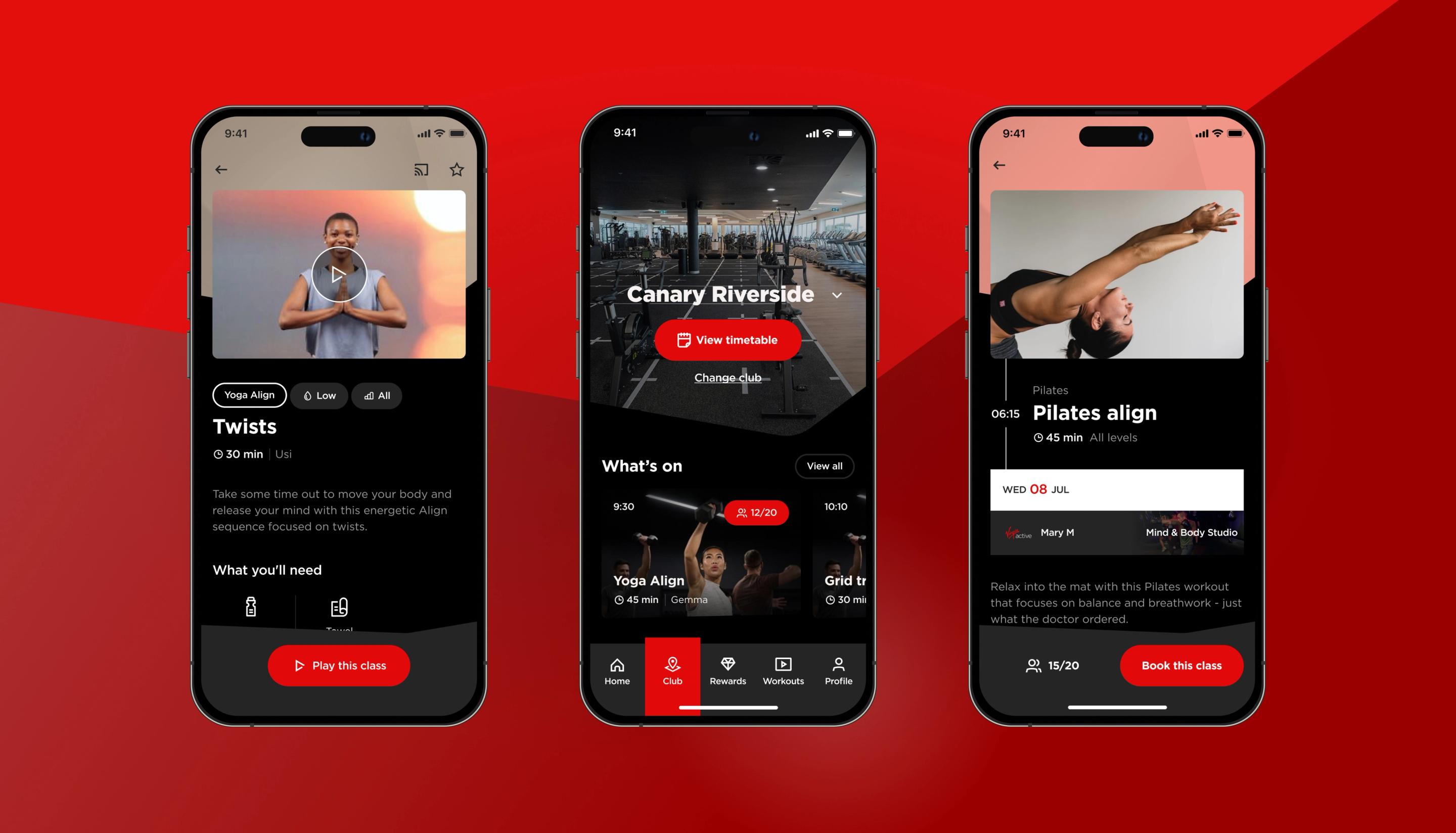
5. The "Liquid Glass" Takeover: Stand Out or Blend In?
The era of flat design is potentially over. A more expressive, visually rich aesthetic is here, and yes, you can thank Apple for it.
Their "Liquid Glass" design language, with its translucent materials and sense of depth, is already bleeding into the mainstream. It’s about creating interfaces that aren't just functional, but also beautiful and engaging.
Is it a gimmick? Only if you treat it like one. For smart businesses, adopting this aesthetic is a strategic play to signal that your brand is modern and premium. But be warned: it demands high-calibre UI designers and front-end devs who can deliver the polish without killing performance.
6. Stop Showing, Start Storytelling: The Power of Scroll-telling
We all know a good story can hold an audience captive. So why are most websites still digital brochures?
"Scroll-telling" uses the simple act of scrolling to create an immersive narrative. As the user moves, content reveals, animations trigger, and a story unfolds. It’s one of the most powerful ways to cut through the noise.
Key Technology: JavaScript animation libraries
To make this work, you have to bulldoze the silos between your writers, designers, and developers. They need to work as one from the start. It means treating storytelling as the primary function of the interface, not just the words you pour into it. For a business, the result is an experience that people actually remember.
7. The Creator Economy and the Democratization of Design
The rise of the Creator Economy and AI-powered tools has democratised design. Anyone with a laptop can now produce professional-looking content. This is both an incredible opportunity and a terrifying challenge.
It’s a chance for businesses to create richer content at scale, but it also forces designers to evolve. Their value is no longer in execution; it's in strategy.
Key Technology: Generative AI, no-code platforms
For businesses to adapt they need to ensure non-designers using AI-driven creative tools are contributing to something memorable and strategic. Specialised designers establish strong brand guidelines and design systems, and these are essential for organisations to maintain consistency and quality.
The key is to find a balance, using AI to scale content creation while retaining human oversight for brand integrity and high-level strategy.
8. Voice Interfaces: This Time It's for Real
Remember when "voice is the future" was a clunky gimmick that barely worked? Well, AI just gave it a brain.
Voice User Interfaces (VUIs) are finally moving beyond the smart speaker and becoming a standard feature in our apps, cars, and homes. The tech is now so frictionless that it’s becoming expected.
The challenge for UX pros is to design conversations, not just command flows. The interaction needs to feel natural and context-aware, like talking to a sharp assistant, not a dumb machine.
Businesses need to ask: where could a hands-free conversation remove friction? For e-commerce, it might be a smart speaker skill for re-ordering. For a service provider, a support system that actually helps. It requires real investment in conversation design, but it opens up a powerful new channel.
Related article: Ai In Customer Experience: Key Strategies For Balancing Automation With Human Touch
9. Micro-interactions: Your Defence Against Digital Sameness
What gives an experience its "feel"? It’s the little things. The micro-interactions.
That subtle animation on a button hover, the gentle jiggle of a notification icon. As AI makes base-level UI more generic, these tiny, crafted moments are no longer just delightful details. They are your primary defence against being forgettable.
They provide feedback, create emotional connection, and make an interface feel alive. In a world of templates, craft is the last true moat.
Key Technology: CSS, animation libraries (e.g., Lottie)
10. The New Minimalism: The Brave Act of Getting Out of the Way
Minimalism isn’t new, but its latest form is less about aesthetics and more about intention. The New Minimalism is a disciplined focus on maximising clarity by ruthlessly cutting everything else.
It’s about reducing the user’s cognitive load in a world that constantly screams for their attention. As people become more conscious of their screen time, simplicity is no longer just elegant - it’s a sign of respect.
For businesses, this is one of the hardest disciplines to master. The urge is always to add more, to present more options. Resisting ‘feature bloat’ requires real leadership and a commitment to clarity over clutter. It’s a philosophy that positions your brand as confident and user-focused, trusting that a clean interface is more valuable than a crowded one.
Insights
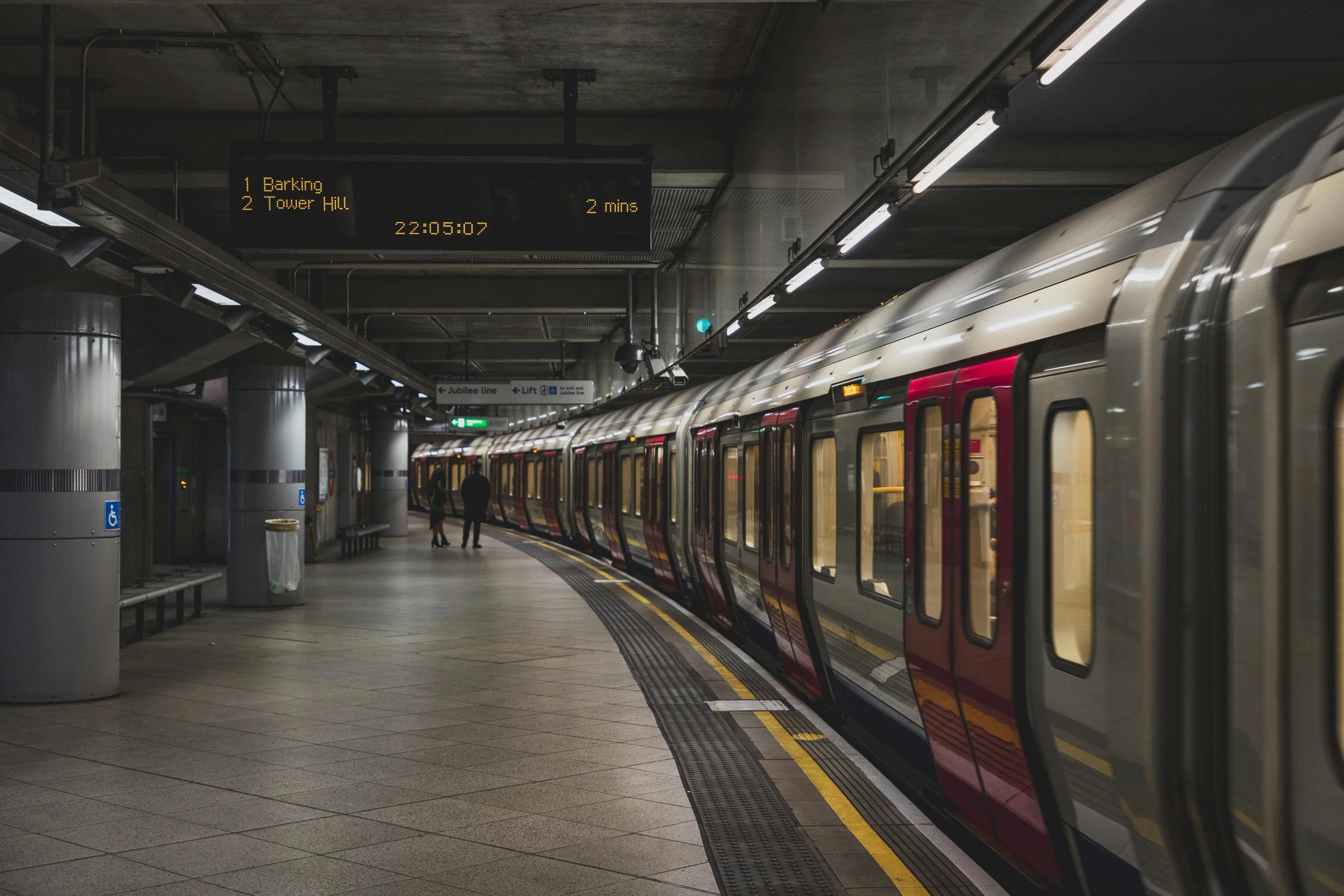
Digital Loyalty Programmes in Public Transport

Watch: Digital products that stick

Creating Impact via Digital Sustainability

4 Ways Mobile Can Drive Fast Food Traffic
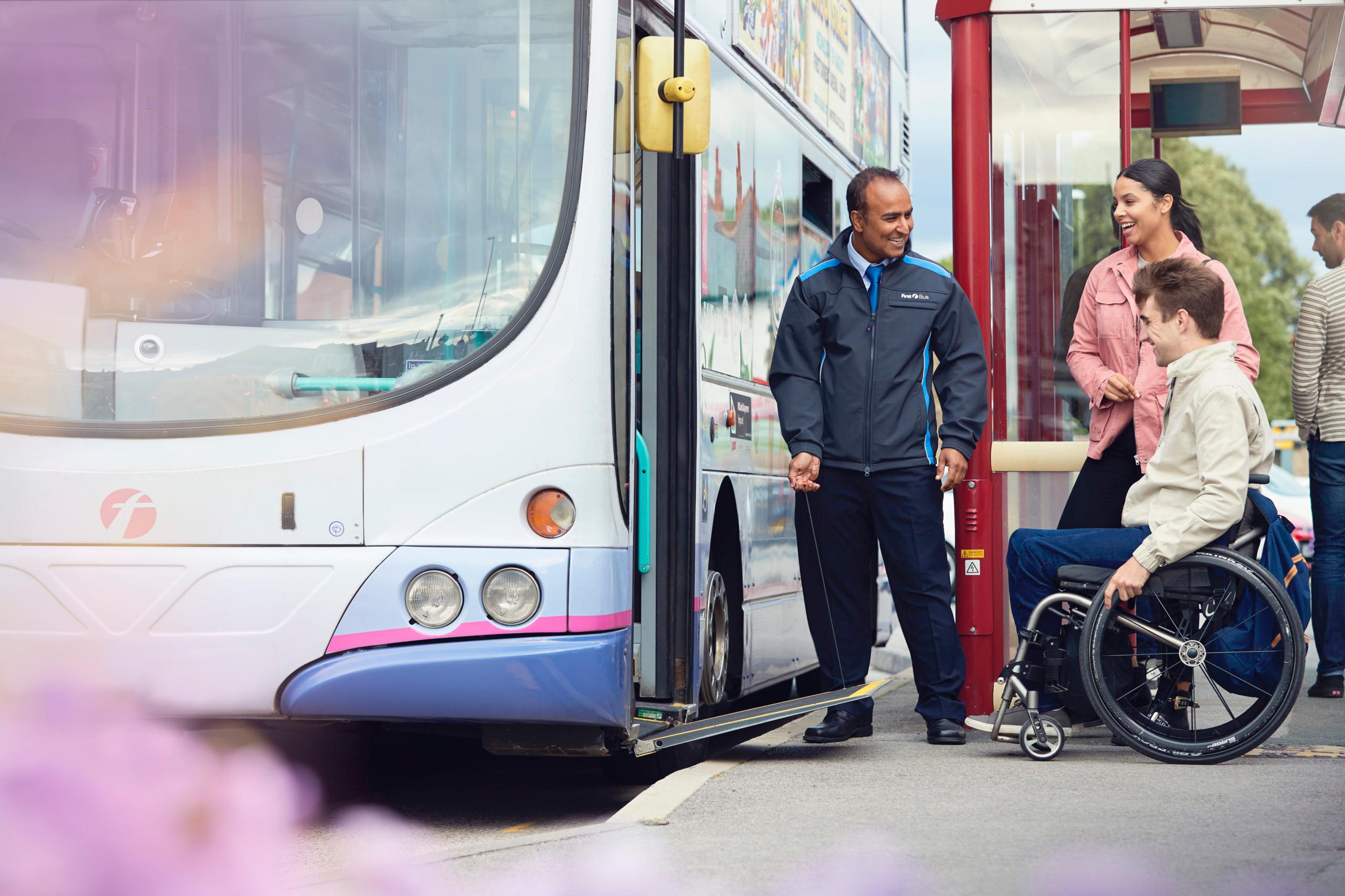
How First Bus’ Revolutionary App is Keeping Key Workers and the UK Moving
